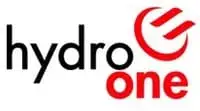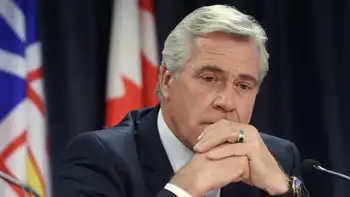What exactly is clean coal?
By Associated Press
Electrical Testing & Commissioning of Power Systems
Our customized live online or in‑person group training can be delivered to your staff at your location.

- Live Online
- 12 hours Instructor-led
- Group Training Available
A: Environmentalists frequently scoff at the notion of clean coal. While they say there's no such animal, Obama and lots of others say clean coal does exist — and they are pushing for the United States to invest potentially billions of dollars in electric power plants and potentially motor fuel refineries that reduce far less pollution than existing coal-fired generators.
Proponents such as coal producers, big electric utilities and coal states such as West Virginia say clean coal is key to helping America achieve energy independence.
Arguably, clean coal isn't such a new notion. Clean coal supporters are always quick to point out that coal-fired power plants have slashed sulfur, nitrogen and particulate emissions over the years.
Lately the focus has shifted to emissions of carbon dioxide — the main greenhouse gas — and clean-coal supporters argue that technology can provide a solution to that problem as well.
Environmentalists say one key to stopping global warming is to quit using coal. That's a tall order for the United States, however, which gets about half its electricity from coal-fired power plants.
Energy companies and energy-producing states argue the country can continue to burn coal by using technology to capture carbon dioxide before it gets loose in the atmosphere, then pump it underground for permanent storage.
That's not such a far-fetched notion.
The oil industry has been pumping carbon dioxide into aging wells to increase production for decades and the ability to keep the gas underground is being tested in several large-scale projects, including the Weyburn-Midale CO2 Monitoring & Storage project in Canada. The C02 for that project comes from a power plant in North Dakota, where the gas is captured, then pumped through a 200-mile pipeline.
The other big area of interest for clean coal is the production of motor fuels. That's old technology used by Germany during World War II and South Africa, which turned coal into fuel first during Apartheid.
Several U.S. developers hope to build coal-to-liquids plants, including in West Virginia and North Dakota. Theoretically, those plants can capture much of the C02 generated in the process before it enters the atmosphere, then store it. One plant proposed for West Virginia is considering mixing wood with coal to further attack the CO2 problem (Trees absorb CO2, making it theoretically possible to have a carbon-neutral product).
The problem with coal-to-liquids plants, which have been championed by West Virginia Gov. Joe Manchin among others, has been financing. Simply put, no one wants to take the financial risk of lending money to a coal-to-liquids plant out of the fear that falling oil prices will make it uneconomical. Oil's recent slide has underscored that argument.
Financing also has been a problem for so-called clean-coal electric plants. Columbus, Ohio-based utility giant American Electric Power, for instance, has been unable to get Virginia to approve a rate increase to finance construction of a $2.33 billion electric plant that would reduce emissions and, at least in theory, make it easier to capture CO2, by transforming coal into a gas before burning it. Neighboring West Virginia, where the plant would be built, did approve a rate increase for the project, which AEP has said it would use as a test site for CO2 capture and storage.
Clean coal proponents such as Congressman Nick Rahall, D-W.Va. have tried to help. But legislation that would provide loan guarantees that kick in if crude oil prices fall too low to make plants uneconomical hasn't gotten through Congress.











